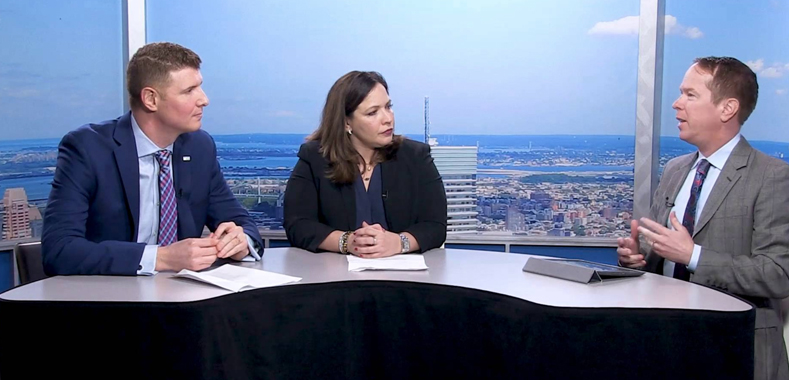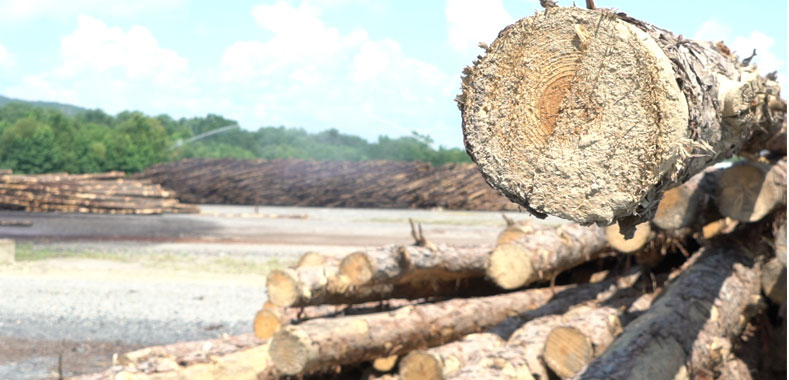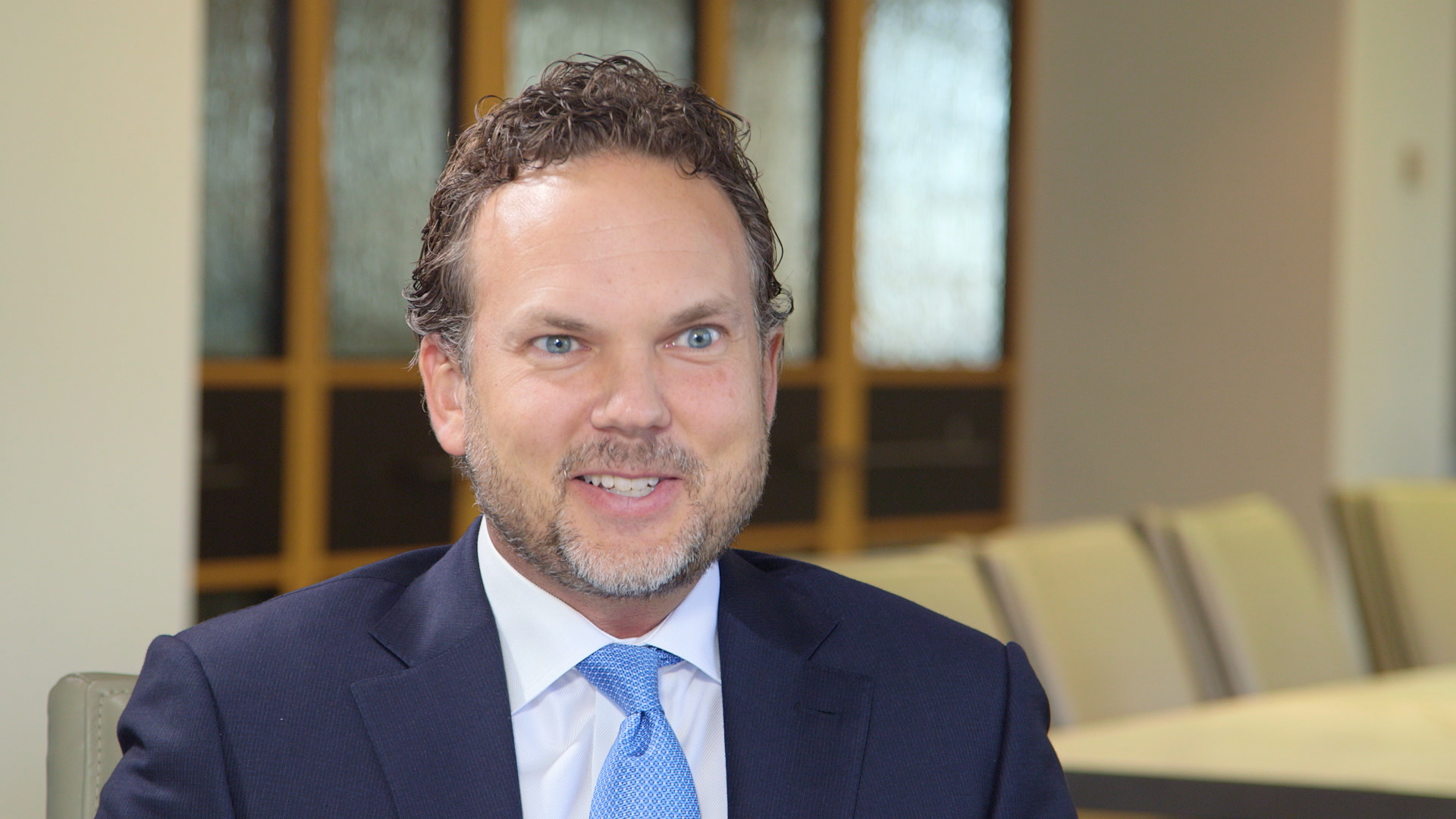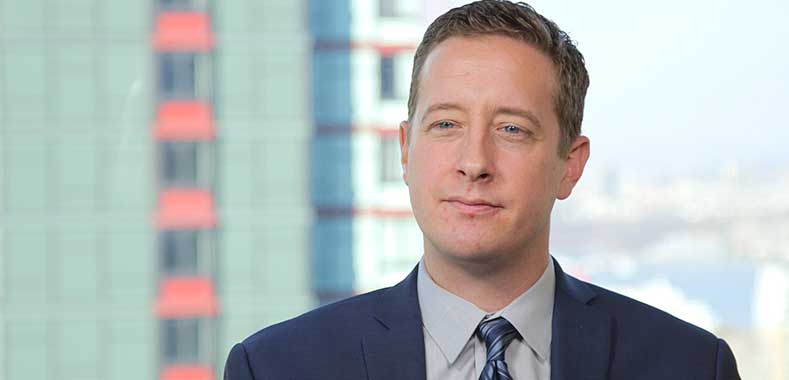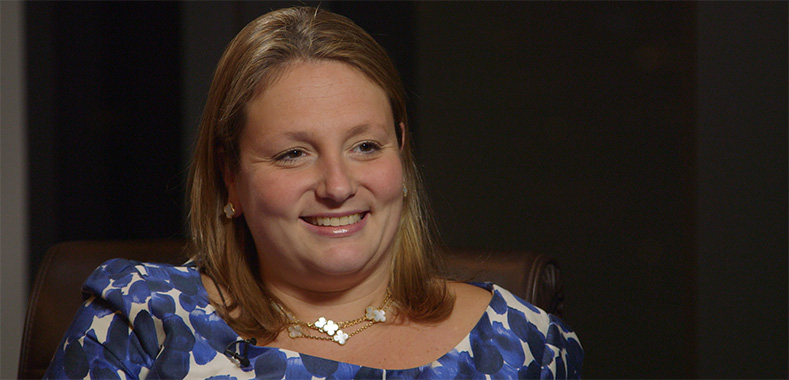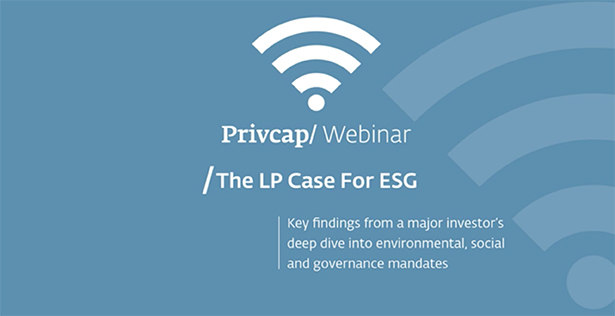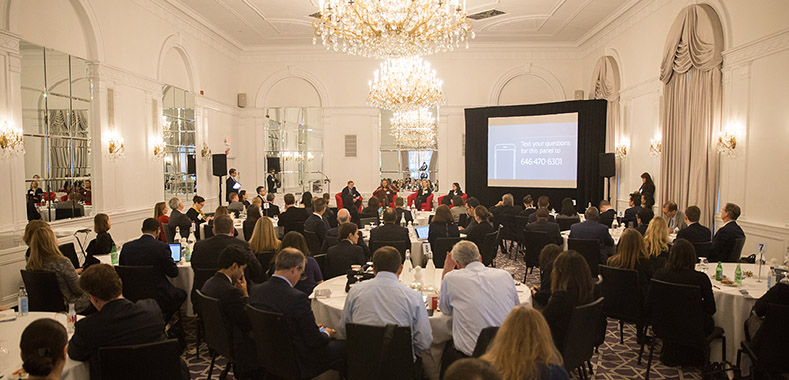Why ESG is Important to LPs
Investors are spending time and energy petitioning their portfolio companies about adopting sustainable business practices in areas includes energy efficiency and renewable energy, improved water management, better waste management and many operational and fair practice concerns up and down the supply chain. Four prominent LPs discuss how they work with their GPs on incorporating these ESG issues.

Peter Ellsworth, Ceres: Here’s a two-part question: Briefly, what formal or informal policies, or philosophies, does your organization have concerning ESG? And how do material ESG risk and opportunity factors get incorporated into your due diligence process for private equity?

Deborah Spalding, Connecticut Office of the State Treasurer: ESG and the questions to ask and the things to look for varies by industry, varies by GP. And so you have to have a commitment, but also recognize that it’s implemented in different ways depending on the type of investor you’re speaking with. We have had a commitment to ESG in the state for quite some time. In fact, statutorily, it is written into Connecticut law that we can consider ESG factors when making investments.
Candidly, our ESG program evolved out of the public markets. And so as we expanded ESG into private equity, we had to really rethink our approach. We have a formal ESG questionnaire that we ask all of our GPs to fill out. And we were finding that our GPs were not filling them out in a robust manner that we had expected. And we realized that we really had to rethink it and make it much more private-equity focused.

Megan Bethke, APG: APG implemented its responsible investment policy nearly a decade ago to ensure that our investments demonstrate social responsibility and integrity where we’re seeking to enhance our risk-return profile by incorporating the non-financial elements into our investment process. And the Dutch pensioners and participants are attaching growing value to the knowledge that their money is being invested responsibly.
We’re looking to invest in companies that pay sufficient attention to human rights, labor rights, environmental concerns, [and] corruption as some examples [of what] we take seriously. APG has a team of 13 professionals globally who sit on the responsible investments and governance side of the business. There’s one professional who spends much of her time on private equity, and has helped us to standardize certain investment processes.

Sondra Vitols, North Carolina Retirement Systems: We established our ESG policy—which is called our long-term stewardship policy—last September [2016]. And so we’re building out the implementation of our due diligence process for our external managers. A lot of it leverages what we’ve done to date. A lot of it’s around issues relating to governance, both for portfolio management companies and our own relationship to the GPs.
The outcome of this is really identifying particular risk areas that occur by industry that will have exposure within a private equity fund that we may anticipate making an investment. And then addressing how those risks are mitigated.
Ellsworth: When you periodically review with your GPs the legacy investments you have with them, how, if at all, do your updated understandings of material ESG risk and opportunity become part of that discussion?
Spalding: That’s a very good question because most of the heavy lifting happens at the due diligence to commit to a GP. And then it’s incumbent upon us to follow through. Most of the engagement that we do with legacy investments are in GPs that are far along in the program. And so we typically will reengage on issues, especially around governance, when we get to the tail end when we’re trying to deal with the remaining dispositions of certain assets.
But I did want to reiterate that, although we take ESG very seriously, it’s a balancing act—where do you set the bar? Our goal is to make money. We’ve got to pay pension benefits, so that’s our primary goal. And so we look at ESG within that context.
Bethke: ESG is a fairly new program, so we’ve been making new fund commitments for the past four years. We’re starting to see our first re-ups but I would say that we certainly engage on a regular basis with our GPs to stay abreast of any ESG risk or opportunities in their portfolio. We do it formally through our reporting requirements, so we’re expecting the GP to report at least annually on a holistic fund basis for GPs that already have a well-established ESG program. We’re looking for deeper reporting on a by-company basis.
And as we get closer to the re-up, we’ll reengage on some of the specific areas that we see for further improvement for the subsequent fund.
Vitols: For us, it’s a review of what the projected performance was relative to what’s been realized. And then also thinking about whether we’ve been compensated for the illiquidity premium inherent in this space. If the performance is lacking, [we’re] seeing how that may relate to some material ESG factors that account for that lack of performance. And in certain cases, we are active in the secondary markets and will look to sell our shares.
North Carolina also tends to be part of an LPAC membership, the LP advisory boards, for our investments. And we think a lot about how that board is structured, what our rights are, under what conditions we can exercise control and in some senses worth cooperatively with other LPs if needed.
Ellsworth: If one of your peer LPs wanted guidance on incorporating ESG risks and opportunities into their own private equity strategy, what advice would you give?
Bethke: There are three resources available: the PRI and American Investment Council, the new ESG DDQ, the PRI release disclosure standards. So there’s a lot of existing literature, guidelines, best practices out there … I’ve also found from GPs and LPs who are looking to develop more of a practice, just talking to your peers and learning what their specific processes are really helps to further your own program and think about what’s in the best interest of your constituents.
Vitols: There are a lot of ESG issues out there. Not all of them matter to investors and not all of them necessarily matter to private equity. You need to get fairly granular and think about what’s material by industry type. We spent a fair amount of time thinking through what the evidence was out there for incorporating various ESG issues by asset class and strategy, which is why we have this more granular approach about thinking what’s material by asset class and by strategy.
Spalding: One of the biggest issues for LPs that are new to this is simply defining for their program, what is ESG. And it’s very broad, but we would all define it differently. And the other challenge is, [in] private equity, you’re investing in very idiosyncratic investments. It’s not like public equities where you have benchmarks and screening tools.
Investors are spending time and energy petitioning their portfolio companies about adopting sustainable business practices in areas includes energy efficiency and renewable energy, improved water management, better waste management and many operational and fair practice concerns up and down the supply chain. Four prominent LPs discuss how they work with their GPs on incorporating these…





